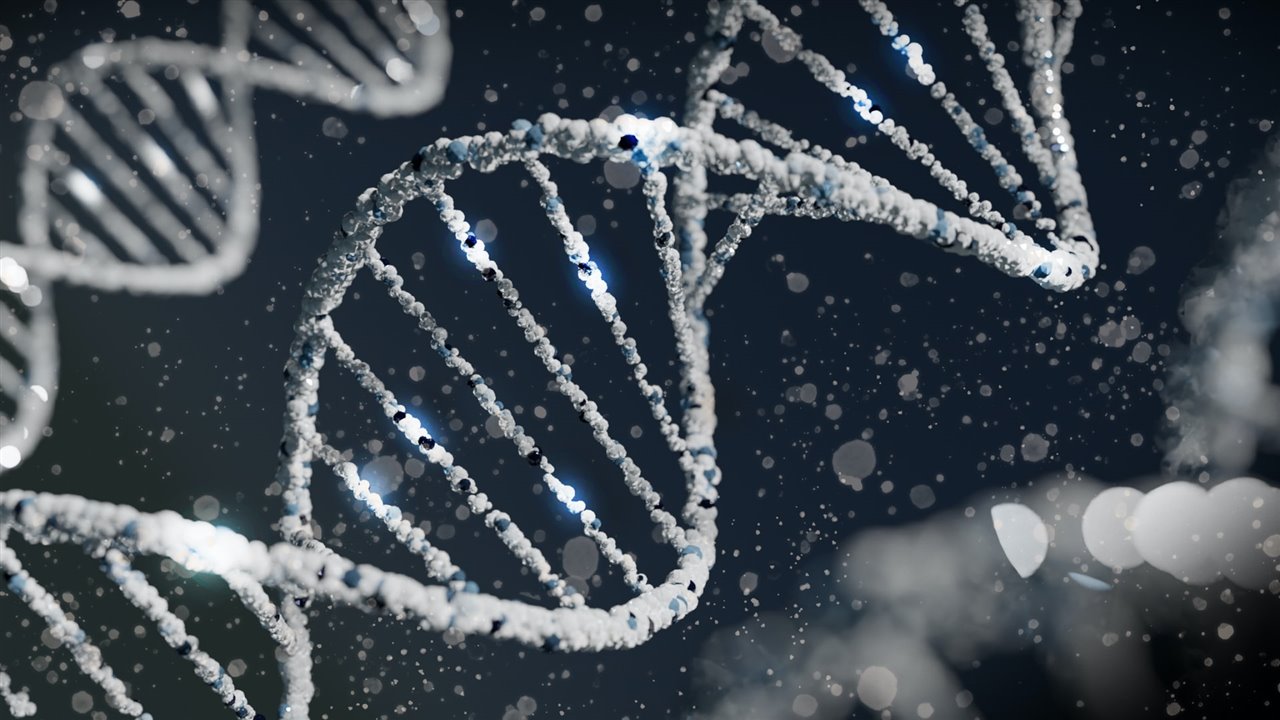
DNA storage has been proposed as a potential replacement for HDDs and SSDs. (Image Credit: Sangharsh Lohakare)
Companies could face a big data storage capacity problem in the future due to continually increasing demand. According to the latest report by Fujitsu and Twist Bioscience, the gap between available storage capacity and demand is expected to surpass 7.8 million petabytes in 2030. In that case, many firms must delete large amounts of data to introduce more, which may surprise those working in the AI field. Now, researchers are exploring ultra-dense and ultra-durable storage alternatives, one of which involves DNA.
Time is limited for companies looking to solve a potentially huge storage problem since internet activity, IoT sensors, and digital devices rapidly produce data. HDDs and SSDs provide users with the necessary data hosting features for servers and devices, but these aren’t ideal in the long run. Then there’s also Linear Tape-Open (LTO) magnetic tape, a useful archival storage solution. It comes at a very affordable price tag, with the 18 TB LTO-9 costing just $150.
The report claims larger companies must shell out money for tape and archival media due to the increased amount of data produced by day-to-day operations. Of course, old data could also be removed, but that would lead to potential insight value loss. For example, advanced AI generally relies on huge, exhaustive data pools. As it stands now, the tape technique can be disadvantageous. That’s because files are difficult to locate due to serial data accessibility. Plus, companies must consistently apply fresh tape just to prevent data loss.
As we know, DNA consists of adenine (A), guanine (G), cytosine (C), and thymine (T). These molecular compounds link in pairs (A-T & G-C), forming the well-known double helix ladder. By converting binary 1s and 0s into the four-letter genetic alphabet, the structure can be used for data storage purposes. In fact, one DNA gram can store 215 PB of data.
“DNA holds the promise of offering the magic three in storage: ultra-high density, reasonable cost, and sustainability. We expect that new media will be needed to address the $7 billion-plus of unmet storage demand projected in the years ahead, and we remain at the forefront of innovation in this market looking toward introducing the first commercial DNA data storage solution in the near future,” said Emily Leproust Ph.D., CEO, and co-founder of Twist Bioscience.
However, the technology cannot be used at scale yet due to the time-consuming process of writing data to DNA, along with other obstacles. Ultimately, the report should be taken with a grain of salt because it was written by two organizations interested in archival spending. Even then, we still need to keep an eye on storage capacity because it’s falling behind with data production rates.
“Availability and sustainability challenges, combined with the costs of managing our multi-millionfold-petabyte dataverse over increasingly lengthy time periods, will create new use cases for old storage technologies and demand the creation of new, more cost-effective, and power-efficient storage technologies,” the report states.
Got to feed your data storage a sandwich every 60 days to keep it alive though...
Have a story tip? Message me at: http://twitter.com/Cabe_Atwell
